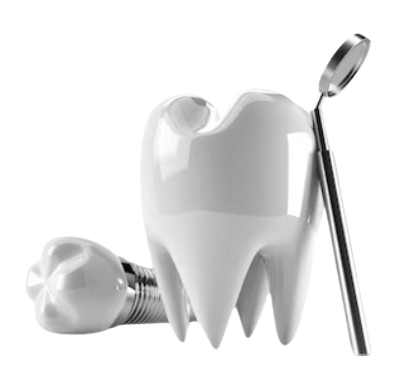
COMPOSITE FILLINGS IN GARLAND, TX
Cavities and small fractures, if untreated, lead to larger issues. Tooth-colored composite resins provide strong, permanent, and aesthetically pleasing restorations, blending seamlessly with the tooth structure.
COMPOSITE FILLINGS
Cavities and small fractures can cause much larger issues if left untreated. In the past, metal restorations called amalgam fillings (or silver fillings) served a need but left many teeth discolored and strained from the wedging effect of the metal. Today, tooth-colored composite resins blend into the tooth structure and are chemically bonded to the tooth providing a strong, permanent restoration.
Composites serve both functional and aesthetic roles, often at the same time. For example, a cavity invading the front of a tooth along the gum line may be visible in your smile line. By gently cleaning out the soft, discolored area and replacing it with a tooth-colored filling, the tooth is restored and looks better than ever.
Composites contain a mix of liquid resin embedded with finely ground glass particles. After being molded to the prepared tooth structure, a blue light applied directly to the composite hardens the filling material within seconds. Once it’s shaped and polished to a high shine, the restoration is complete.
Ready to transform your smile?
Frequently Asked Questions

A composite filling is a tooth-colored dental restoration made of a mixture of plastic and fine glass particles. It is used to repair and restore teeth that have been damaged by decay or fractures.
Composite fillings are versatile and can be used for both front and back teeth. However, in high-stress areas like molars, amalgam fillings may be preferred. Your dentist will consider various factors to determine the most suitable type of filling for each specific case.
Yes, composite fillings are considered safe. They are free from mercury, which is present in amalgam fillings. The materials used in composite fillings have been extensively tested and proven to be safe for dental use.
The lifespan of composite fillings can vary depending on factors such as oral hygiene practices, tooth location, and filling size. On average, they can last 7-10 years or more with proper care.


